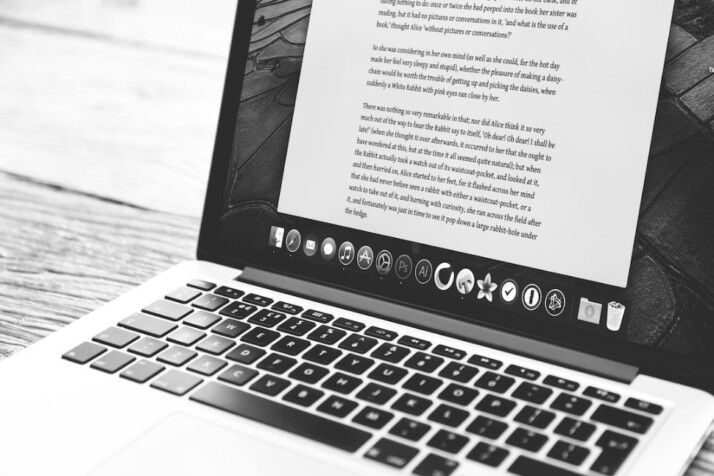There was a time when there was no punctuation. According to the BBC, the first punctuation mark was the invention of a librarian at the Library of Alexandria in Egypt.
However, the marks he instituted didn’t catch on. For the next several centuries, the marks were a hodgepodge of styles. This was until the invention of the printing press. That development firmly cast them into place as the marks we recognize today.
Why Use It?
The marks are important because it helps establish clear and effective communication. When properly placed in your writing you will be able to control the progression of your thoughts, give your sentences impact and clarify meaning.

With that said, let’s get into the different types of marks and when they are best used.
Marks That Ends Sentences
The three most used ways to end a sentence: with a full stop or period (.), a question mark (?), or an exclamation point (!). When talking numbers, the full stop or period is the most used mark.
Both terms have been used to describe the mark by the author at the end of a sentence since 1600. In fact, the term period derives from the Latin periodus, meaning a complete sentence.
Full stops are used at the end of sentences to denote a complete thought.
The question mark is used to mark a question as well as to denote emphasis. The question mark is a descendant of a mark used by monks in medieval times, called the point of interrogation.
Exclamation marks are also used to indicate emphasis. The main difference is that it usually denotes strong feelings or emotions. This is why it’s advised that it is used sparingly.
Marks That Indicate Pauses
The comma is mostly used to indicate pauses. There are no specific rules for when to use a comma and when not to use it. You might want to use it at the end of a sentence that is dependent on another sentence.
Semicolons, colons and dashes are symbols used to show the transitions between sentences.
Semicolons are most commonly used to link two independent clauses that are closely related. In a sentence where a semicolon joins two or more ideas, those ideas are then given equal positions or grading.
In many cases, you can substitute semi-colons with colons and dashes for clarity. Many people find remembering the rules that govern semi-colon use difficult and prefer to avoid them.
Other Types of Marks
The apostrophe is used to represent letters left out of contractions. It’s also used to denote possession.
Quotation marks are used to set off speech. They are also used to tell where the words in a quote are coming from. Meanwhile, slashes are used to show relationships between words.
To Wrap Up
The proper use of these marks can enrich your writing. Communication is enhanced by different punctuation that make the sentence clearer, better understood, or more engaging.
When you use these marks in the proper way, your writing becomes a more cohesive whole, leading to a more engaging reader experience.
Thus, these marks helps you build a stronger connection with your audience, as they become members of your reading community.
Explore All Punctuation Articles
Angled Brackets Meaning and How to Use Them?
Brackets are useful punctuation tools in the written form of the English language. There are many types of brackets out…
Semicolon Vs. Period: Guide to Appropriate Usage
A semicolon (;) typically links two independent clauses in a sentence while a period (. ) ends a sentence. Using…
Common Punctuation Errors and How to Avoid Them
Proper punctuation is vital for content readability. Misusing punctuation marks will make your writing clumsy and unpleasant to the reader.…
Parentheses Vs. Dashes: A Basic Guide
Parentheses and dashes are used to demonstrate that a piece of information is nonessential or supplementary to the main idea.…
4 Types of Commas in English Grammar
Punctuation matters. Commas are used to determine which words in a sentence belong together and which portions are the most…
A Quick Overview Slashes in Grammar
A slash is a versatile punctuation mark in English grammar that can be used in many different situations. Though slashes…
